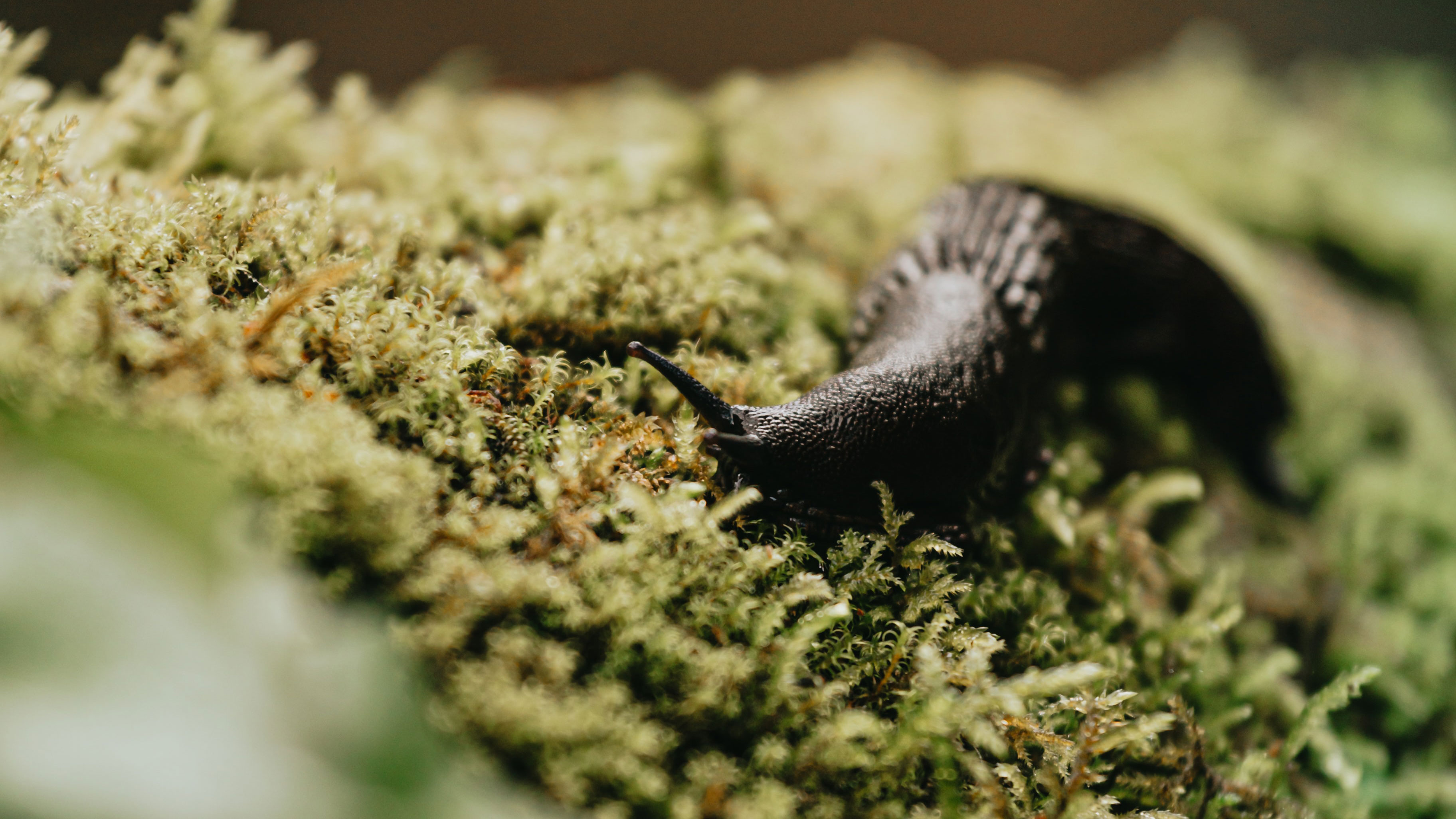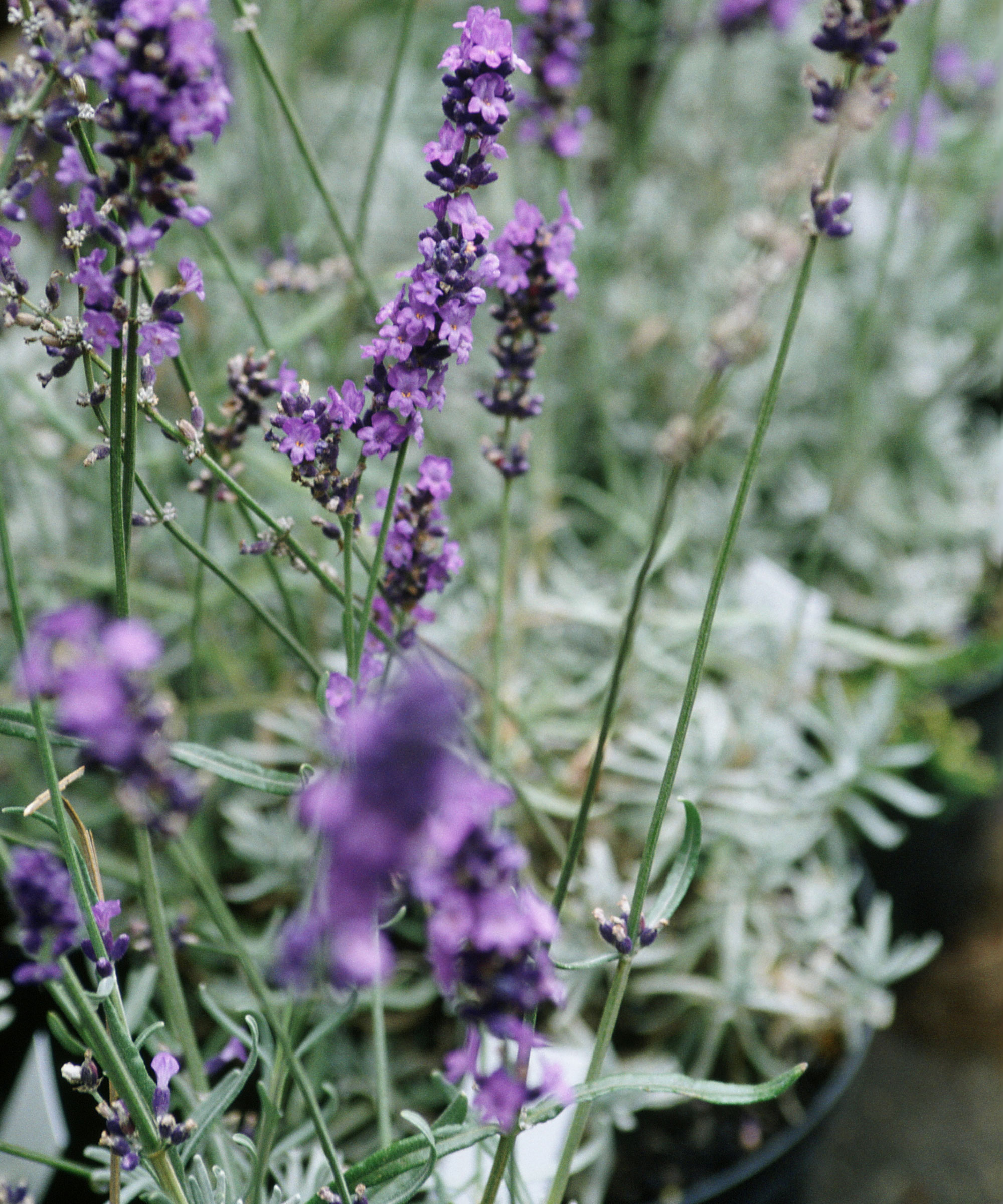How to get rid of slugs – the best ways give these creepy crawlies their marching orders
Though no garden can ever be truly slug-free, you can fight back. Here’s how to get rid of slugs


Knowing how to get rid of slugs is a topic high on any gardener’s agenda. The moment you turn your back, they’re munching their way through your precious plants.
Surprisingly, there are over 40,000 species of slugs worldwide, though they won’t all damage your plants. Many of them feed on dead plant matter so may actually be beneficial.
But along with getting rid of aphids, you’ll probably want to deter slugs to keep your planting looking its best. You’ll never defeat them entirely but there are some ways to keep the numbers down and preserve the beauty of your garden ideas.
How to get rid of slugs

In order to know how to get rid of slugs, it’s important to be aware of which plants attract them to your backyard. If you’ve already been getting rid of snails, you’ll know that unwanted garden visitors have favorite foods.
Freshly planted seedlings and tender leaves are a smorgasbord for slugs. They just can’t keep away from plants such as hostas, marigolds, dahlias, sweet peas, delphiniums and lupins. Crops such as lettuce, cabbage, peas, potatoes and beans are also a magnet for these greedy gastropods.
Which plants do slugs hate most?

Nip the problem in the bud by picking plants that aren’t top of the slugs’ menu. Try pelargoniums, lady’s mantle, aquilegia, lavender, hellebores and euphorbia. The RHS has a long list of plants less likely to attract slugs. Buying more established plants is another way to reduce the slugs’ impact.
How can I protect seedlings from slugs?

Growing seeds in pots rather than sowing directly into the ground keeps them out of harm’s way until seedlings are a decent size and are better equipped to look after themselves. Protect young plants in a cold frame, greenhouse or a raised frame on a stand. Once planted out, cover with a cloche or with a plastic bottle with the bottom cut off and the top unscrewed until they’ve established. After that, they’re on their own.
Design expertise in your inbox – from inspiring decorating ideas and beautiful celebrity homes to practical gardening advice and shopping round-ups.
How do you get rid of slugs naturally?

There are some natural ways to deter slugs and you can try a few of the following. A multi-pronged approach will work best in keeping your prize plants slug-free.
Put up a barrier. Cosset favourite plants within a ring of gravel or grit or try crushed eggshells, spiny pine needles, sharp holly leaves and other prickly cuttings. Slugs also hate the fibres of wool pellets and abrasive dried granulated seaweed; find examples of both at Sarah Raven.
Protect your pots. To keep slugs away from container-grown fruit and veg, stick copper tape around the pots. Slugs get a nasty reaction if they cross this barrier. You could also smear Vaseline mixed with rock salt around the pot edges to deter them.
Set a beer trap. The heady scent of beer is said to attract slugs. Bury a plastic beaker in the soil, leaving the rim at least 2cm above the ground to stop friendly beetles which eat slugs getting in. Pour in some beer and slugs will experience a more permanent hangover. Scooped out fruits such as half an orange can also be laid, cut side down, to trap slugs.
Try the scent of coffee. Save the grounds from your morning coffee and scatter them close to the plants. This may act as a deterrent.
Sprinkle salt. This is a quick fix for dealing with a slug problem, but it’s not good for plants so sprinkle with care, keeping salt away from the leaves and stems.
Sow a sacrificial row. Sow lettuce or another tasty crop around a favourite plant and slugs will feast on it rather than on your prize blooms…well that’s the theory. Or sprinkle cabbage leaves around the plant.
Encourage a community. Do all you can to invite in friendly creatures with wildlife garden ideas. Slugs are a meal-time treat for hedgehogs and birds, while frogs, toads, beetles, slow worms and centipedes also like to picnic on them. Give them a welcoming habitat by avoiding harmful chemical sprays.
Take a biological approach. Wage warfare on slugs in an eco-friendly way with nematodes, microscopic creatures that release bacteria into a slug to kill it, and then eat it. They won’t harm children, pets, birds and wildlife. They’re perishable, though they’ll keep for a couple of weeks in the fridge, so repeat applications during the growing season are recommended.
Pick off the enemy. During the day, slugs are in hiding, but you can track where they’ve been by their silvery trails. As dusk falls and the air is damp the slugs venture out, looking for the youngest, juiciest leaf victims. That’s the time to strap on your head torch and go on the hunt. If you don’t want to touch them, perfect your chopstick skills to pick them off and pop them in a pot of salty water. To create a trap, put down pieces of weighted cardboard, slugs will hide under it and you simply lift it to catch them.
Resort to slug killers
If you just can’t get on top of the problem slug pellets could be the solution. Ferrous phosphate slug pellets are considered safe around pets, crops and wildlife, and are the only ones allowed in organic gardening. Sprays containing calcium chloride or a yucca extract are also worth a try.
How to get rid of slugs in your house
To get rid of slugs in the house, the best method is prevention as it is when you want to get rid of ants and banish fruit flies. Look out for any tell-tale gaps around pipework or along baseboards or holes in masonry that might be letting them in and seal these with a silicone sealant or expanding foam. You can also put down ferrous phosphate slug pellets, which will kill them.
While we might view them as our enemy, particularly when they munch certain prized plants, slugs and snails can play an important role in the biodiversity and ecosystem of backyards. For more information, see our article: are slugs and snails good for the backyard?

Lola Houlton is a news writer for Homes & Gardens. She has been writing content for Future PLC for the past six years, in particular Homes & Gardens, Real Homes and GardeningEtc. She writes on a broad range of subjects, including practical household advice, recipe articles, and product reviews, working closely with experts in their fields to cover everything from heating to home organization through to house plants. Lola is a graduate, who completed her degree in Psychology at the University of Sussex. She has also spent some time working at the BBC.